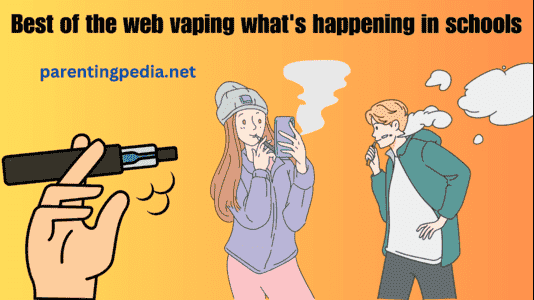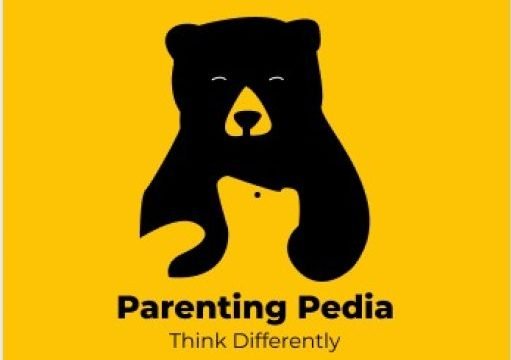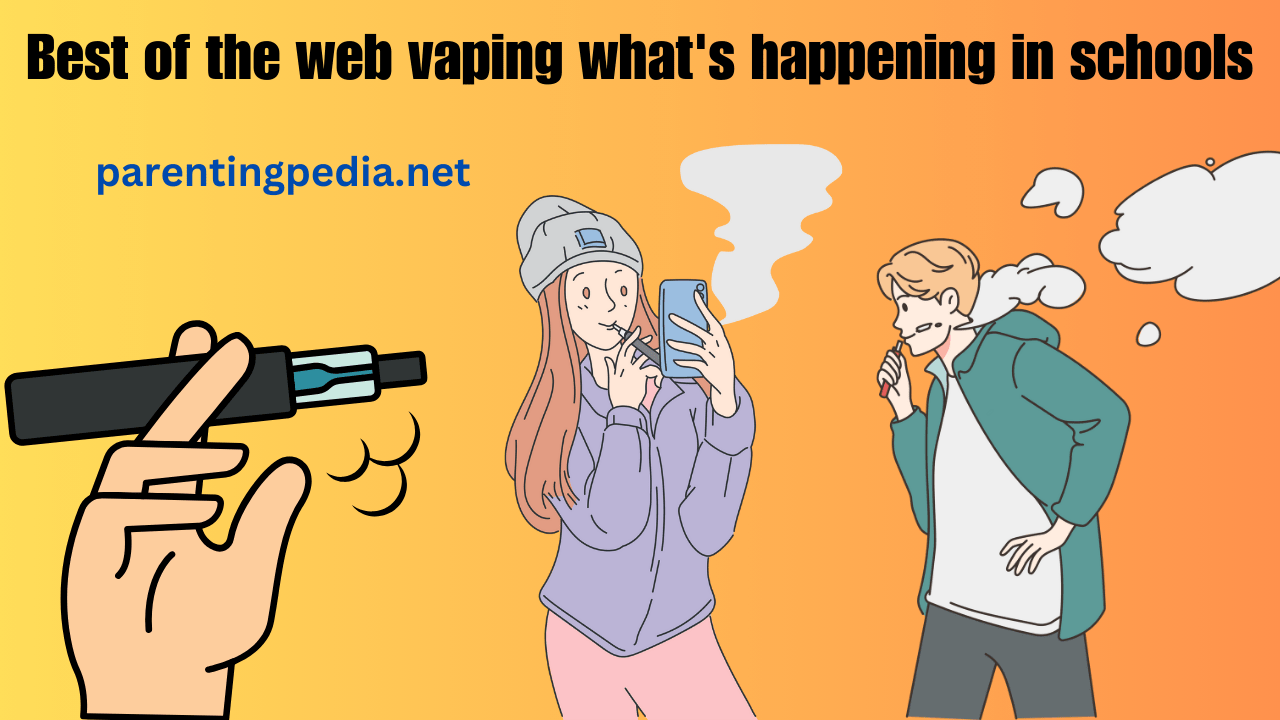In the realm of high school life, a new trend has taken root, spreading like wildfire among students – teen vaping. The issue has ignited concern among school staff, administrators, and parents alike, prompting a closer look at the growing problem and its implications for the health and safety of our youth. This blog post aims to delve into the vaping epidemic among high school students, exploring the trends, risks, and measures schools take to address this pervasive issue. In this post let’s discuss and learn more about Best of the Web vaping and what’s happening in schools.
The Spartan Reality: Vaping Negatively Among High Schoolers
As we walk into the halls of schools nationwide, an unsettling truth unveils itself – a significant number of high school students have tried vaping. In a recent survey conducted by the Department of Education, alarming figures revealed that 1 in 10 middle and high school students reported vaping within the last 30 days. This growing problem has seeped into the fabric of our schools, creating a challenging environment for educators and administrators. What is Best of the Web vaping and what’s happening in schools?
Vaping in Bathrooms: A Disturbing Trend
One of the most concerning aspects of teen vaping is the location where it often takes place – the school bathroom. Students who vape have found refuge in these secluded spaces, away from the watchful eyes of school staff. Reports indicate a surge in the use of vaping devices, such as Elf Bar and Esco Bar, in bathrooms across the nation.
School Resource Officers on High Alert
To combat the rising tide of teen vaping, school resource officers (SROs) find themselves at the forefront. Trained to provide a Spartan response, these officers play a crucial role in maintaining school safety. Their challenge includes not only identifying students who vape but also addressing the health risks associated with vaping products.

Pros:
- Increased Awareness: By addressing the issue of teen vaping in schools, we are raising awareness about the prevalence and potential dangers associated with this behavior. This can lead to better-informed students, parents, and educators.
- Preventative Education: Schools implementing vaping education into their curriculum are taking a proactive approach to prevent further incidents. This education can empower students with the knowledge to make healthier choices and resist peer pressure.
- Parental Involvement: The concern about teen vaping is prompting parents to become more involved in their children’s lives. This increased parental engagement fosters a supportive environment for students to make informed decisions about their health.
- Legal Measures: The issuance of warning letters to vaping product manufacturers by federal officials demonstrates a commitment to combatting the issue at a broader level. This may lead to stricter regulations on the marketing and sale of vaping products.
- Collaborative Efforts: Schools, parents, and health officials working together create a collaborative front against teen vaping. This collective effort can result in a more comprehensive and effective strategy to address the problem.
Cons:
- Rising Incidents: The fact that teen vaping is on the rise among high school and even middle school students is a significant con. It indicates that current preventive measures may not be sufficient to curb this trend.
- Enforcement Challenges: Implementing and enforcing a ban on vaping products, especially in schools, can be challenging. Students may find ways to circumvent these measures, making it difficult for school staff to maintain control.
- Limited Impact of Warning Letters: While the issuance of warning letters to vaping brands is a step in the right direction, its impact might be limited. Manufacturers may find ways to adapt or continue targeting youth with their products.
- Health Risks Persist: Despite education efforts, some students may continue to vape, exposing themselves to potential health risks. The long-term effects of vaping, especially among young individuals, are still not fully understood.
- Strain on Resources: Addressing the issue of teen vaping requires additional resources, both in terms of time and finances. Schools may find it challenging to allocate these resources, potentially diverting attention from other critical aspects of education.
FAQs:
Q1: How prevalent is vaping among high school students?
A: Disturbingly prevalent. Recent surveys conducted by the CDC indicate that 1 in 10 middle and high school students have reported vaping in the past 30 days.
Q2: What vaping products are popular among students?
A: Elf Bar and Esco Bar are two popular brands making waves among high schoolers. These discreet vaping devices contribute to the growing problem of teen vaping on school property.
Q3: Are flavored products a significant factor in teen vaping?
A: Absolutely. The latest survey results show that many students who vape have used flavored products, with fruit and candy flavors being particularly popular.
Q4: How are school administrators addressing the issue?
A: School leaders are increasingly concerned about students vaping on school property. Some schools have implemented a ban on flavored products to curb the youth tobacco epidemic.
Vaping Trends Among Middle School Students
It’s not just high schoolers who are falling prey to the allure of vaping; the trend is also gaining traction among middle school students. Reports indicate an increase in middle schoolers vaping within the last 30 days, raising further alarm bells among educators and parents alike.
Teachers Speak Out: Concerns and Challenges
Teachers across the country express deep concern about the impact of teen vaping on the well-being of their students. Many say they’ve witnessed students who vape, and they are troubled by the potential health effects and risks associated with e-cigarette use. The challenge for educators lies in balancing their roles as mentors and authority figures while addressing this pervasive issue.
The Role of School Leaders in Curbing Vaping
In June of this year, federal officials took a bold step by issuing warning letters to popular vaping brands like Elf Bar, Esco Bar, and others, emphasizing the need to combat the growing issue of youth tobacco and nicotine addiction. School leaders are now grappling with how to enforce these warnings effectively.
Health Education: A Class to Learn, Not to Vape
One approach schools are taking is incorporating vaping education into the curriculum. A dedicated class aims to inform students about the risks of vaping, the dangers of nicotine addiction, and the benefits of smoking cessation. This proactive measure seeks to empower students with knowledge to make healthier choices.
Parents’ Concerns and Involvement
The impact of teen vaping extends beyond the school walls and into the homes of students and parents. Many parents are now concerned about the influence of vaping trends on their teens. School administrators actively seek to involve parents in the conversation, fostering a collaborative effort to address the issue collectively.
Conclusion
The vaping epidemic among high school students is a reality that cannot be ignored. The rise of vaping in bathrooms, the prevalence of flavored products, and the health risks associated with e-cigarette use demand a Spartan response from school staff, administrators, and parents alike. As we navigate the complexities of this growing problem, we must continue to educate, enforce, and engage in a collective effort to ensure the health and safety of our youth, breaking free from the grip of teen vaping that threatens to undermine the well-being of the next generation.
🎉 Score Freebies by Completing Fun Offers – Start Now!

